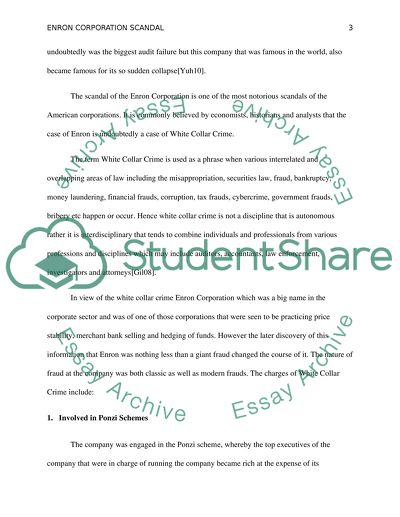Cite this document
(“Enron Corporation Scandal Research Paper Example | Topics and Well Written Essays - 2500 words”, n.d.)
Retrieved from https://studentshare.org/law/1398881-enron-corporation-scandal
Retrieved from https://studentshare.org/law/1398881-enron-corporation-scandal
(Enron Corporation Scandal Research Paper Example | Topics and Well Written Essays - 2500 Words)
https://studentshare.org/law/1398881-enron-corporation-scandal.
https://studentshare.org/law/1398881-enron-corporation-scandal.
“Enron Corporation Scandal Research Paper Example | Topics and Well Written Essays - 2500 Words”, n.d. https://studentshare.org/law/1398881-enron-corporation-scandal.


